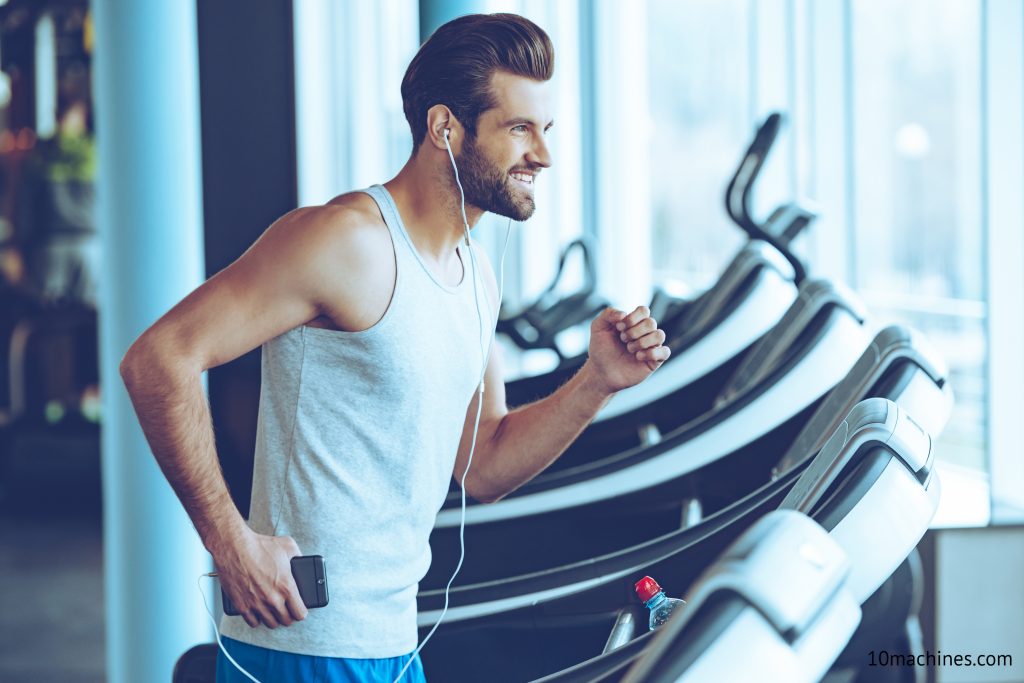As we start loosing sunlight, a lot of us start to make our way inside and do more running indoors and that means the dreaded Treadmills. So I went out there and dug up some interesting facts and if you read through them, maybe this year you can use it properly and get the full benefit from it and avoid those nasty little entries that sneak their way into our winter programmes.
A few treadmill truths:
1. Treadmill running pulls on the hip flexors at a predetermined belt speed and, through a neurologic “stretch reflex,” the flexors are activated at the same time. This inhibits the hip extensors (glutes), making it more difficult to fire them.
2. With the backward belt motion, the knee is drawn into extension more than in road running, mildly stretching the hamstrings. That same “stretch reflex” will inhibit and weaken the quadriceps.
3. The moving belt has a tendency to encourage more ankle dorsiflexion. This promotes a heel strike and initiates a stretch reflex in the calf, increasing risk for Achilles injuries, calf shortness and other biomechanical faults.
4. The treadmill naturally draws the leg backward, as opposed to the gluteal muscles doing this job, and causes a faster forward swing on the recovering leg. (Want to feel this effect? Speed up your treadmill.) This can cause more hip flexor recruitment, which can again inhibit proper gluteal function. If your core isn’t sufficiently engaged, these overactive hip flexors will draw the pelvis forward, increasing the arch in your spine. Can you say back pain?
Use treadmills with awareness, and find a speed and incline where you feel as though you are slightly pushing the belt backward instead of the belt pulling you backward. This may be enough to stay healthy and injury-free.
